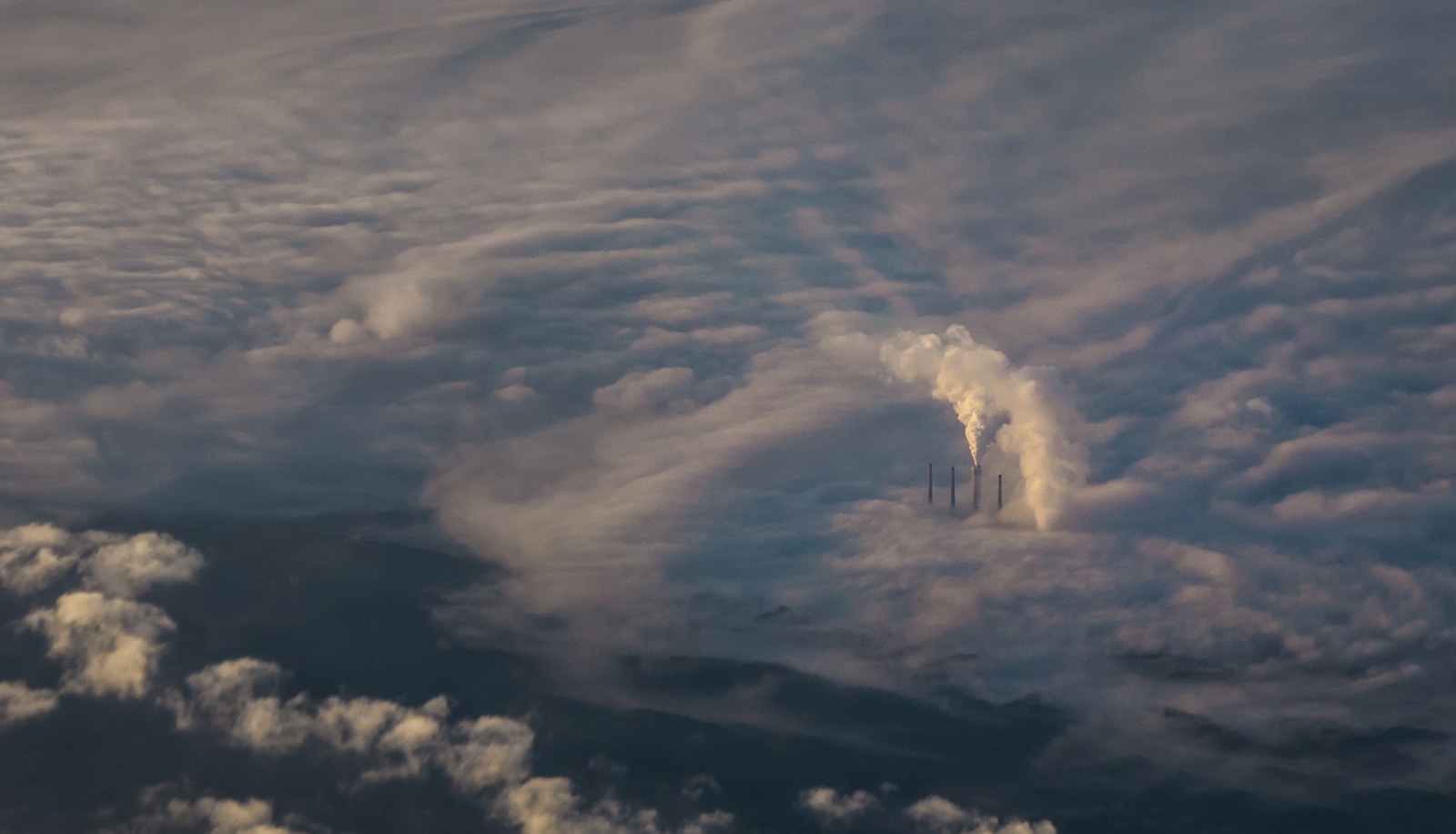
Environmental pollution
In a remote village nestled between lush forests and vibrant wetlands, an elder named Tomas recalls the days when the air was filled with the songs of countless birds and the ground teemed with life. Today, however, the landscape has changed dramatically. The once-thriving ecosystem has been ravaged by deforestation, pollution, and climate change, leading to a stark decline in biodiversity. Tomas’s story is a poignant reminder of the intricate connections between ecosystems and biodiversity—a relationship that is increasingly under threat. This article examines the causes and consequences of ecosystem destruction on biodiversity and discusses effective conservation measures to protect our planet’s rich natural heritage.
Understanding Ecosystem Destruction
Ecosystems are complex networks of living organisms interacting with their physical environment. They provide essential services that sustain life, including clean air and water, pollination of crops, climate regulation, and nutrient cycling. However, human activities have led to significant alterations in these systems, resulting in widespread degradation.
Major Causes of Ecosystem Destruction
- Deforestation: The conversion of forests into agricultural land or urban areas is one of the most significant drivers of ecosystem destruction. According to the Food and Agriculture Organization (FAO), approximately 10 million hectares of forest are lost each year, leading to habitat loss for countless species.
- Pollution: Industrial waste, agricultural runoff, and plastic pollution contaminate air, water, and soil, posing severe threats to ecosystems. For instance, nitrogen runoff from fertilizers can lead to algal blooms in water bodies, disrupting aquatic ecosystems.
- Climate Change: Rising temperatures and changing precipitation patterns alter species distributions and disrupt ecological balances. Vulnerable ecosystems such as coral reefs are particularly at risk from ocean warming and acidification.
- Invasive Species: The introduction of non-native species can outcompete local flora and fauna for resources, leading to declines in native populations. The International Union for Conservation of Nature (IUCN) estimates that invasive species are responsible for 60% of global extinctions.
- Overexploitation: Unsustainable harvesting of natural resources—such as overfishing or poaching—places immense pressure on ecosystems. The depletion of key species can trigger cascading effects throughout food webs.
The Impact of Ecosystem Destruction on Biodiversity
The degradation of ecosystems has profound implications for biodiversity:
- Species Extinction: As habitats are destroyed or altered, many species face extinction due to loss of shelter, food sources, and breeding grounds. The current extinction rate is estimated to be 1,000 times higher than the natural background rate due to human activities.
- Loss of Genetic Diversity: Biodiversity encompasses not only species diversity but also genetic diversity within species. Reduced genetic variation limits a population’s ability to adapt to changing environmental conditions, making them more susceptible to diseases and climate change.
- Disruption of Ecosystem Services: Healthy ecosystems provide critical services that support human life. The decline in biodiversity compromises these services—affecting food production through pollinator loss or reducing water quality due to degraded wetlands.
- Increased Vulnerability: Ecosystems with high biodiversity tend to be more resilient to disturbances such as disease outbreaks or extreme weather events. As biodiversity declines, ecosystems become more fragile and less capable of recovering from shocks.
- Human Health Risks: Biodiversity loss can directly impact human health by increasing exposure to zoonotic diseases (diseases transmitted from animals to humans) as natural habitats are encroached upon. Disrupted ecosystems may also lead to increased pest populations that threaten crops.
Conservation Measures to Protect Biodiversity
Addressing the crisis of ecosystem destruction requires a multifaceted approach that combines conservation efforts with sustainable practices:
- Protected Areas: Establishing protected areas such as national parks and wildlife reserves is crucial for safeguarding habitats from development and exploitation. These areas serve as refuges for endangered species and help maintain ecological integrity.
- Sustainable Land Use Practices: Promoting sustainable agriculture and forestry practices can minimize habitat destruction while meeting human needs for food and resources. Agroforestry systems that integrate trees into agricultural landscapes can enhance biodiversity while providing economic benefits.
- Restoration Ecology: Efforts to restore degraded ecosystems—such as reforestation projects or wetland rehabilitation—can help recover lost biodiversity and restore ecosystem functions.
- Legislation and Policy Frameworks: Governments must implement robust environmental regulations that protect ecosystems from pollution, overexploitation, and habitat destruction. International agreements such as the Convention on Biological Diversity (CBD) provide frameworks for global cooperation in conservation efforts.
- Community Engagement: Involving local communities in conservation initiatives fosters stewardship of natural resources. Education programs that raise awareness about the importance of biodiversity can empower individuals to take action in their own communities.
- Research and Monitoring: Ongoing research into ecosystem dynamics and biodiversity is essential for informed decision-making in conservation efforts. Monitoring programs can track changes in species populations and habitat conditions over time.

Conclusion:
Tomas’s memories serve as a powerful reminder of what is at stake as we confront the challenges posed by ecosystem destruction and biodiversity loss. Protecting our planet’s rich biological heritage is not just an environmental imperative; it is essential for sustaining human life itself. By implementing effective conservation measures that prioritize ecosystem health, we can work towards a future where both nature and humanity thrive together.The road ahead will require collaboration across sectors—governments, businesses, communities, and individuals must unite in their efforts to safeguard our planet’s ecosystems for generations to come. The time for action is now; our collective future depends on it.



